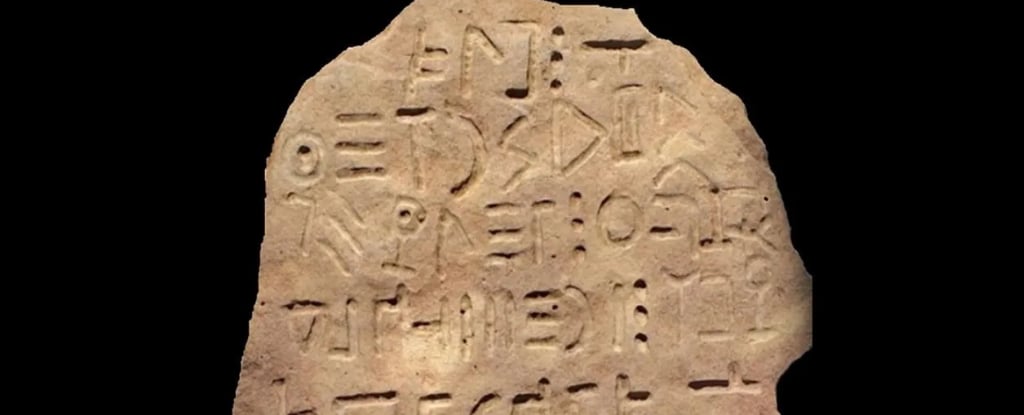Roughly the size of an iPad, the basalt tablet features just 39 different characters in 60 inscriptions written left to right across seven lines. Each carved symbol began as a series of holes made with a cone-shaped drill, connected into flowing lines with a smooth, round tool.
Although new to researchers, the ‘letters’ are similar enough to scripts from the Middle East and undeciphered symbols from pre-Christian Georgia to make forgery by non-scholars a relatively unlikely explanation for the finding.
The region’s written records date back to a list of clergy taking part in a council in the early 6th century, coinciding with the spread of Christianity through the region. Prior to that, archeology provides evidence of settlement and metalworking dating back thousands of years, with fossils of early human relatives reaching further through time.
Beyond the Dmanisi region, Georgia’s ancient territories were a melting pot of cultures that left their mark in a variety of scripts. Epigraphs written in Greek, Hebrew, Aramaic, and Middle Persian have been uncovered in the ancient capital of Mtskheta, 20 kilometers (about 12 miles) north of the country’s current capital, Tbilisi.
*the country 😅
Not a detail that goes without saying, given the fact that certain people have a vested interest in trying to discredit Historians, Archaeologists, and Anthropologists, especially in the US.
See Young Earth Creationist groups like Answers in Genesis and historical frauds like Piltdown Man (which they love to trot out as a way to try to imply that science isn’t reliable).
Those letters/symbols are extraordinarily clear for being so old




